
Ghaf Woods, Masaar: Living in a Forest in the UAE
In the heart of Dubai, along the fringes of the desert, a new vision of urban living is taking shape. Ghaf Woods — developed by Majid Al Futtaim — is being built not merely as another residential neighborhood, but as a sanctuary: one where luxury, sustainability, well‑being and nature converge. It promises to be Dubai’s first true forest‑living community. But what does that mean in practice? And how can someone live there? Let’s explore.
What Is Ghaf Woods?
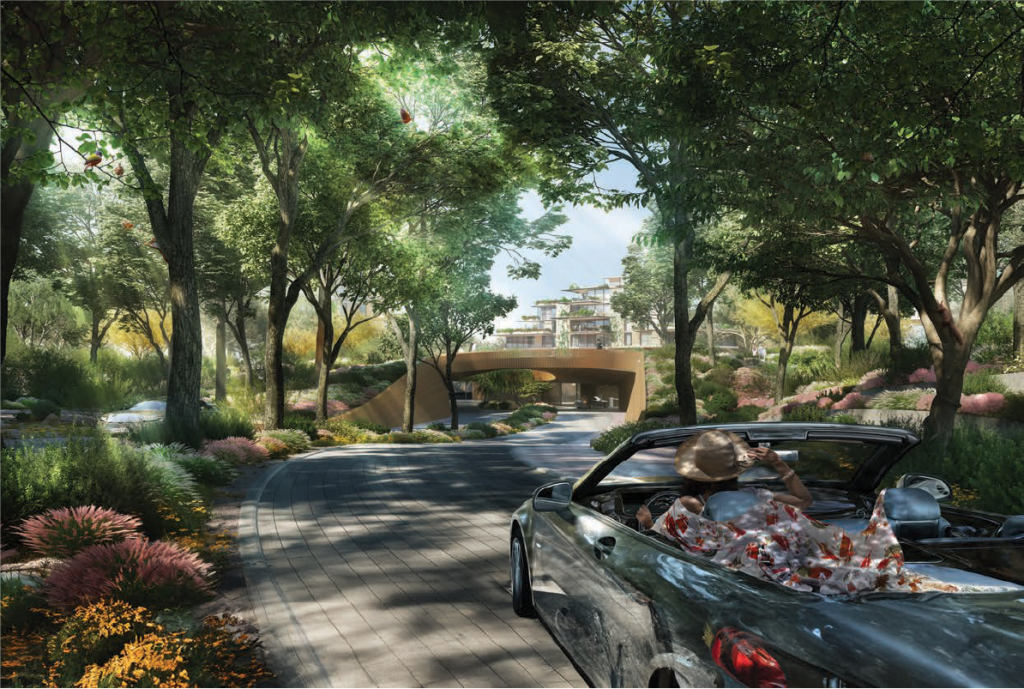
Ghaf Woods is a master‑planned, eco‑centric residential community described as “forest‑living” by its developer. It is part of the broader Masaar / Tilal Al Ghaf / Dubailand cluster. Key features include:
- Dense greenery and forest‑style landscaping (over 35,000 trees planted according to some sources)
- Designs that lower ambient outdoor temperature by up to 5 °C compared to surrounding areas, and offer cleaner air (claimed ~20% improvement) due to the large green cover.
- A community of mixed‑housing units (1, 2, 3 bedroom apartments and duplexes) arranged in clusters, each cluster having its own character/name (e.g. Serra, Cilia, Lacina, Capria, Distrikt).
- Amenities oriented toward health, wellness, nature and communal lifestyle: forest walking / biking trails, forest‑edge pools, wellness / yoga pavilions, natural playgrounds, farm‑to‑table gardens, outdoor fitness, etc.
- A commitment to “liveability”: many daily needs are intended to be within walking or biking distance; underground parking, pedestrian‑friendly layouts; an aim for more trees than people.
Where Is It Located & How Is the Access?
Ghaf Woods is located next to Global Village in Dubailand, Dubai. It is bounded by major roads (Sheikh Mohammed Bin Zayed Road; Sheikh Bin Hamdan Al Nahyan Street) enabling relatively good connections to the rest of Dubai.
Travel times (approximate) include:
- ~ 2‑minutes drive to Global Village.
- ~ 10‑15‑20 minutes to key Dubai nodes such as the Dubai Miracle Garden, Mall of the Emirates, and various highways.
- ~ 20 minutes to Dubai International Airport and other major transport hubs depending on traffic.
How It Feels to Live There: Forest‑Living Realities
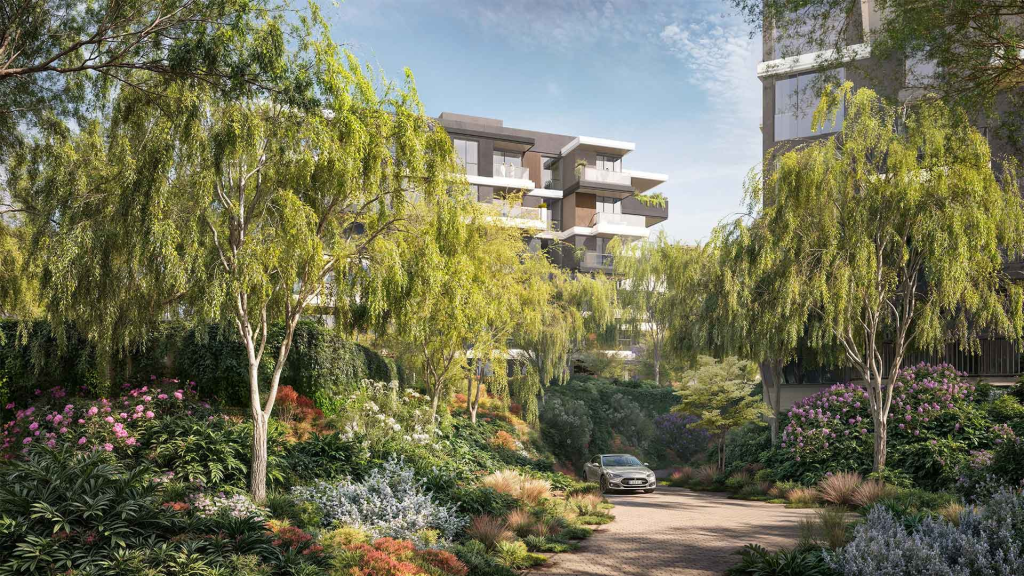
Living in Ghaf Woods is more than living in a green space. It’s about embedding your daily life in nature, while retaining modern comfort. Here are what residents can expect:
- Ambient Comfort
The forest canopy, dense tree cover, shaded paths, plus water features and orientation help mitigate heat — which in Dubai’s climate is no small feat. The claim of being up to 5 °C cooler and having 20% cleaner air suggests improved comfort, especially during peak summer months. - A Healthy Lifestyle
With trails, bike loops, wellness pavilions, outdoor fitness zones, and spaces for yoga & meditation, the design encourages physical activity. The idea is to integrate movement and nature into everyday life, not treat them as “extras.” - Visual and Mental Wellbeing
Forest views from every unit, green vistas, birds, natural sounds — these contribute to mental health. The presence of biodiversity (20+ bird species, edible landscape, forest ecosystems) helps residents feel more connected to nature. - Community & Convenience
The plan is for many amenities to be within walking or biking distance: shops, cafés, restaurants, perhaps schools, social spaces, meeting areas. There’s also underground parking so that pedestrians can move freely at surface level. - Sustainability & Environmental Responsibility
Materials and landscape are chosen with native plants, water conservation, sustainable architecture. The idea is reducing carbon footprint, managing water scarcity, etc., which are real challenges in the Gulf environment.
Costs & Ownership: What It Takes to Live There
Living in Ghaf Woods is not inexpensive. Some of the facts on pricing and payment plans:
- 1‑bedroom apartments start at roughly AED 1.3 million to 1.5 million (~ USD 350–420k) depending on phase and view.
- 2‑ and 3‑bedroom units and duplexes cost more, depending on size, view, cluster.
- Payment plans are flexible: often 60/40 (i.e. some portion paid during construction, rest on handover). Bookings require initial down payment.
- Handover (completion & delivery) for early phases is expected around 2027 (some sources say Q2 or Q3 of 2027) for initial batches.
Some phases are already launched; early purchasers might get better pricing, views, choice of units.
Challenges & Trade‑Offs
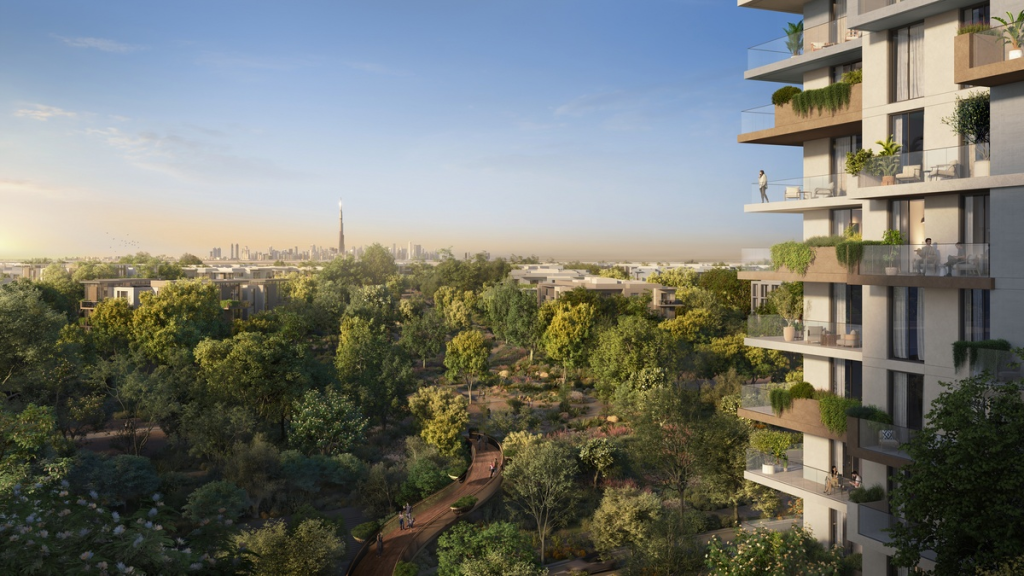
While forest‑living is attractive, there are trade‑offs and things to consider:
- Cost of Living: Beyond purchase costs, maintenance of such green areas, higher expectations for amenities might mean higher service fees. Cooling even with shade will still be necessary.
- Climate Extremes: Summers in Dubai are very hot; even shaded forest canopy won’t make outdoor spaces equally usable all year. Design mitigates this, but personal comfort will still depend on air conditioning, indoor design.
- Accessibility vs. Remote: Being green often means further from some urban hubs (though Ghaf Woods tries to balance this). Traffic or infrastructure gaps might still exist in early phases.
- Ecosystem Maintenance: Preserving biodiversity, forest health, soil, water systems, especially in a dry climate, requires ongoing effort and expense. Native plant species being used helps.
Who Is Ghaf Woods Right For?
If you are:
- someone who values nature, greenery, wellness, and wants your home to include elements of the forest, not just a view
- willing to pay a premium for lifestyle, comfort, environment, health over just lowest cost housing
- someone who appreciates amenities like walking trails, biking, outdoor living, community spaces
- maybe a family, or remote worker, looking for balance between city access and woodland tranquility
Then Ghaf Woods could be a strong match. If you are very price sensitive, or need ultra‑central Dubai access daily, or prefer villa or standalone housing, you may find the costs or unit types less compatible.
What “Forest Living” Means: Daily Life
Here’s what a typical day living in Ghaf Woods might look like:
- Wake up in your apartment with large windows facing green treetops, maybe mist in morning, birds chirping.
- Walk or bike along shaded pathways to pick up coffee or groceries within the community rather than driving.
- If you work from home, have a workspace with forest views; if going out, you have access to major roads but also feel like retreat when you return.
- Exercise: morning run or yoga in pavilion, evening bike ride along mountain bike loop.
- Kids grow up close to nature: playgrounds, nature‑gardens, maybe interacting with edible landscape (urban gardening), discovering local wildlife.
- Engage socially: neighbors in cafés, community club, wellness centres. The setting encourages gathering outdoors.
- And in the hot season, retreat indoors, maybe enjoy forest‑edge pools, cooled communal spaces.
Broader Significance: Why Ghaf Woods Matters

Ghaf Woods is emblematic of evolving real estate and urban design trends in the UAE and globally:
- A shift from just luxury to luxury + sustainability. People expect more than marble and views—they expect environmental responsibility.
- The concept of wellness by design is becoming mainstream: air quality, access to nature, physical activity, mental wellbeing are now design parameters, not afterthoughts.
- Urban planning that emphasizes walkability, local amenities, mixed use, shorter commutes, more shading and green infrastructure—this aligns with UAE Vision 2040 and climate goals. Ghaf Woods is advertised as meeting many “five‑minute city” principles.
- Biodiversity and green canopy as urban cooling tools. In hot climates, planting, landscape design, water features etc are crucial tools to mitigate urban heat island.
Conclusion
Ghaf Woods presents a rare proposition in Dubai: the possibility to live within nature, rather than beside it. It tries to combine the amenities, connectivity, and luxury expected in a modern city with the peace, greenery, and health benefits of forest living. The trade‑off is cost, early‑phase risks, and the ongoing responsibility of maintaining an ecosystem in a harsh climate. But for those willing, it means waking up among trees, breathing cleaner air, walking on leaf‑crunching paths, and living in a community that values balance: between urban and natural, modern life and environmental care.

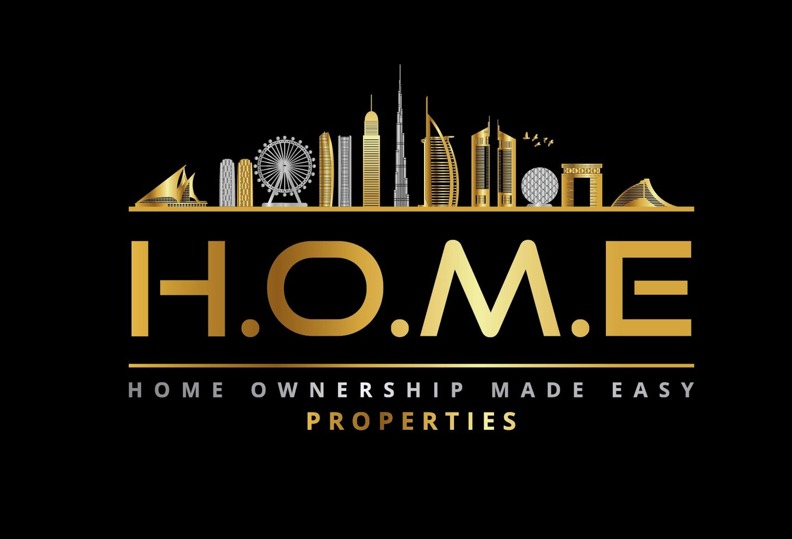
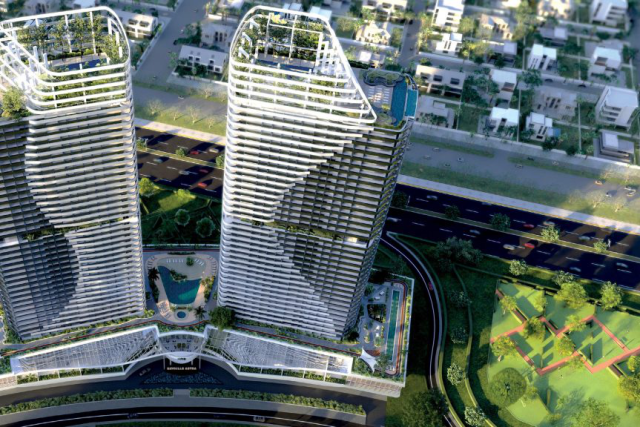
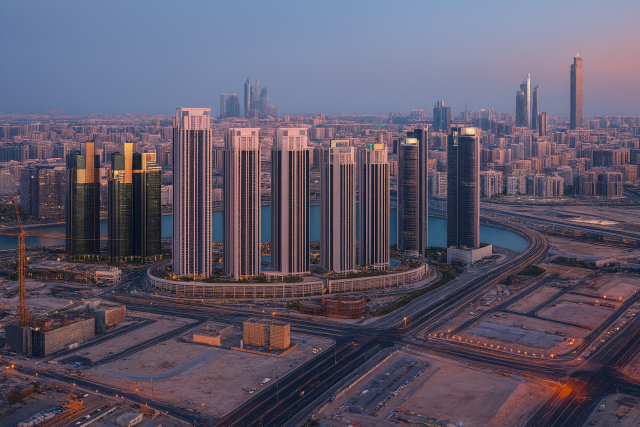

Leave a Reply